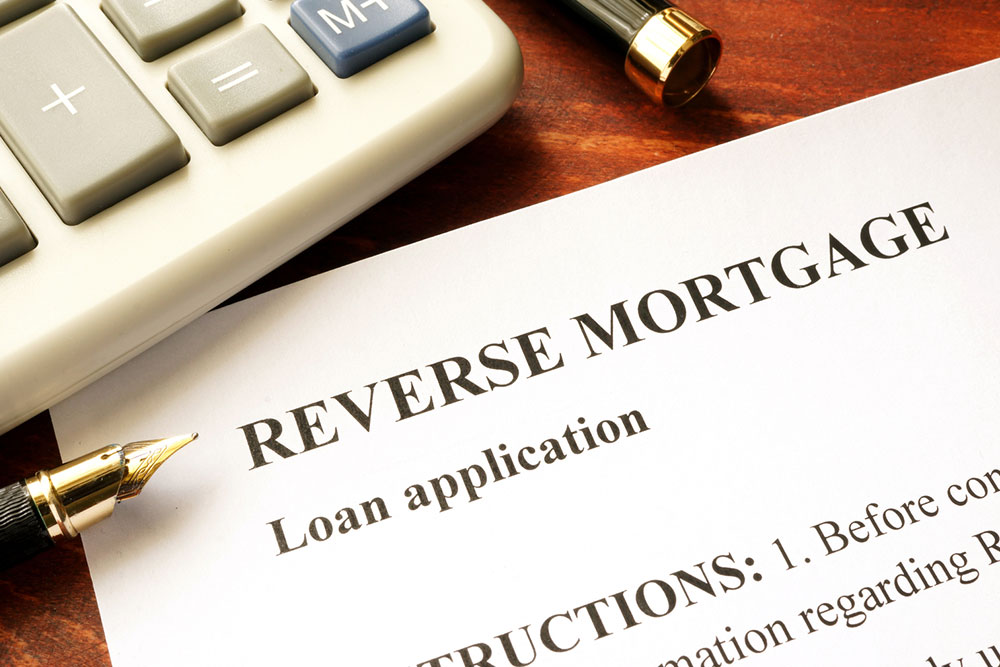Essential Insights into Reverse Mortgages for Seniors
This comprehensive guide explains the essentials of reverse mortgages, including how they work, costs involved, interest rate options, and repayment conditions. Perfect for seniors exploring options to leverage home equity for financial stability, it clarifies complex concepts for better understanding and informed decision-making.

Understanding Reverse Mortgages: A Simplified Overview
Compared to conventional mortgage loans, information about reverse mortgages often lacks clarity, especially regarding eligibility, current interest rates for seniors, and how they work. Many available resources are confusing or hard to understand. This article aims to clarify these concepts for you.
A reverse mortgage, officially known as a Home Equity Conversion Mortgage (HECM), allows homeowners to convert part of their home equity into funds without taking on monthly payments. It’s particularly suited for retirees seeking additional income or emergency funds.
Like any loan, reverse mortgages involve certain costs, including mortgage insurance premiums (MIP), origination fees, third-party charges, and servicing fees. The U.S. Department of Housing & Urban Development (HUD) provides monthly updates on interest rates for these loans. Rates vary based on the loan amount, type, and whether they are federally backed or privately financed.
A key feature of reverse mortgages is that repayment is only required under specific conditions:
When the loan term ends
If the homeowner sells the property
If the homeowner moves out of the residence permanently
In the event of the homeowner’s death
If the borrower defaults on the loan
The interest rate depends on factors like the borrower’s age, the property's location and equity, and the chosen disbursement plan. Borrowers can select between fixed or variable rates. Fixed rates are set by investors and maintained by agencies to ensure stability, whereas variable rates are more common, influenced by financial market indices.
With variable rates, the lender establishes an index and adds a margin—an extra percentage added to the index. Once the loan begins, the margin stays constant, but the index fluctuates based on market conditions, affecting the overall rate.










